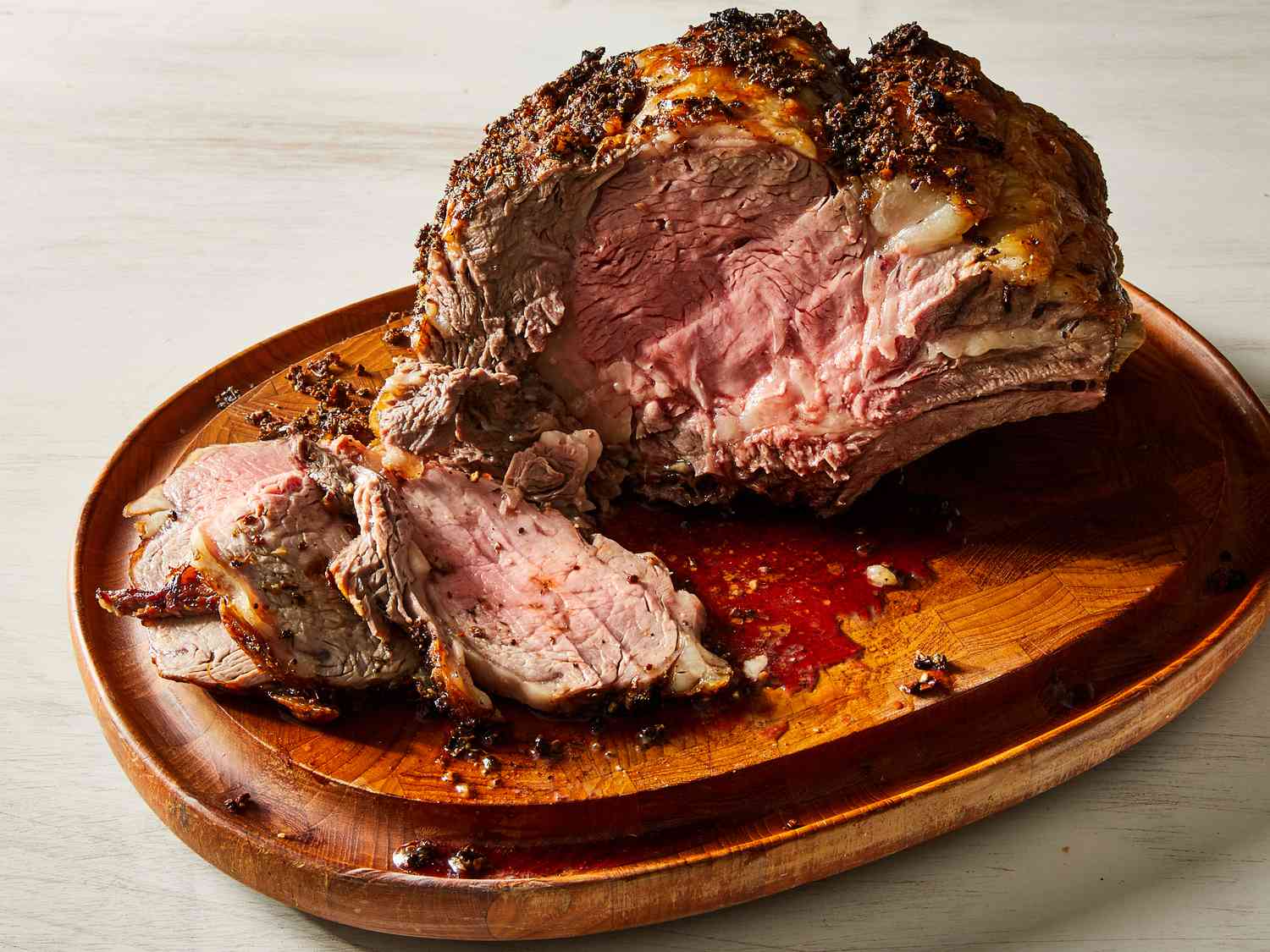

Articles
How To Store Leftover Prime Rib
Modified: October 18, 2024
Learn the best way to store leftover prime rib to keep it fresh and delicious with this informative article. Find out the proper methods and tips to maintain the flavor and quality for future meals.
(Many of the links in this article redirect to a specific reviewed product. Your purchase of these products through affiliate links helps to generate commission for Storables.com, at no extra cost. Learn more)
Introduction
Prime rib is a mouthwatering and indulgent cut of beef that is often featured as the star of a special occasion or holiday meal. Whether you’ve cooked it yourself or enjoyed it at a restaurant, there’s a good chance that you’ll have some delicious leftovers to enjoy. However, knowing how to store those precious remnants of prime rib is essential to preserving their flavor and texture.
Properly storing leftover prime rib ensures that it remains safe to consume and maintains its taste and tenderness. With the right techniques, you can extend the life of your leftover prime rib and avoid experiencing the disappointment of it going to waste.
In this article, we will explore the importance of properly storing leftover prime rib and provide you with some valuable tips on how to store it, whether you choose to refrigerate or freeze it. We’ll also discuss the appropriate packaging techniques, suggested storage times, and how to safely reheat your leftover prime rib. By following these guidelines, you can ensure that your leftover prime rib remains as delicious as it was the first time around.
Key Takeaways:
- Properly storing leftover prime rib is crucial for preserving its flavor, preventing food waste, and minimizing the risk of foodborne illness. Follow recommended storage times and packaging techniques to ensure its safety and quality.
- Whether refrigerating or freezing, reheating leftover prime rib using various methods like the oven, stovetop, or microwave can help maintain its tenderness and flavor. Prioritize food safety by following proper storage, thawing, and reheating guidelines.
Read more: How To Store Prime Rib In Refrigerator
Importance of Properly Storing Leftover Prime Rib
Properly storing leftover prime rib is crucial to maintaining its quality, taste, and safety. Prime rib is a high-quality cut of meat, and without proper storage, it can quickly spoil or become dry and unappetizing. Here are a few key reasons why it’s important to handle your leftover prime rib with care:
- Preserving Flavor: Prime rib is known for its incredible flavor and tenderness. By storing it properly, you can help retain its delicious taste and prevent it from developing off flavors or becoming rancid.
- Preventing Food Waste: Throwing away leftover prime rib is not only a waste of money but also contributes to food waste. By storing it correctly, you can maximize its shelf life and enjoy it later, reducing the amount of food that ends up in the trash.
- Minimizing the Risk of Foodborne Illness: When improperly stored, leftover prime rib can become a breeding ground for bacteria such as Salmonella and E. coli. Consuming spoiled or contaminated food can lead to food poisoning and other health issues. By following proper storage guidelines, you can reduce the risk of foodborne illnesses.
To fully appreciate the deliciousness of your leftover prime rib and make the most of your investment, it’s important to store it correctly. Whether you plan to enjoy it within a day or keep it for an extended period, proper storage practices will help maintain its quality and ensure it remains safe to eat.
Tips for Storing Leftover Prime Rib
When it comes to storing leftover prime rib, here are some useful tips to keep in mind:
- Chill it promptly: After your meal, refrigerate or freeze the leftover prime rib as soon as possible. Leaving it at room temperature for too long can invite bacteria to multiply and spoil the meat.
- Separate the bones: If your prime rib was served on the bone, consider removing the bones before storing. This allows for more even chilling and helps prevent the meat from drying out.
- Trim excess fat: Before storing, you may want to trim any excess fat from the leftover prime rib. This helps prevent the meat from becoming greasy or rancid during storage.
- Wrap it tightly: Whether storing in the refrigerator or freezer, wrap the leftover prime rib tightly in plastic wrap or aluminum foil. This helps prevent air exposure and freezer burn, which can negatively impact the meat’s flavor and texture.
- Consider portioning: If you don’t plan to consume all the leftover prime rib at once, divide it into smaller portions before storing. This allows you to thaw and reheat only what you need, rather than having to defrost the entire batch.
- Label and date: To keep track of your leftovers, label each package with the date and contents. This way, you can easily identify them and ensure they are used within the recommended storage time.
- Utilize airtight containers: Alternatively, you can store the leftover prime rib in airtight containers. This helps maintain its moisture and prevents odors from other foods in the refrigerator or freezer from affecting the taste.
By following these tips, you can increase the longevity of your leftover prime rib and ensure that it retains its flavor and quality until you are ready to enjoy it again.
Option 1: Refrigerating Leftover Prime Rib
Refrigerating leftover prime rib is a convenient option if you plan to consume it within a few days. Follow these steps to ensure optimal storage:
- Cool the meat: Allow the leftover prime rib to cool down to room temperature before refrigerating. Placing hot food directly in the refrigerator can raise its internal temperature and affect the overall refrigerator’s temperature.
- Wrap it tightly: Wrap the leftover prime rib tightly in plastic wrap or aluminum foil to prevent air exposure and moisture loss.
- Utilize a storage container: Place the wrapped prime rib in a storage container or airtight bag. This provides an extra layer of protection and helps prevent any potential leakage in the refrigerator.
- Store in the coldest part: Place the container with the leftover prime rib in the coldest part of your refrigerator, typically the back or bottom shelf.
- Use within 3-4 days: Leftover prime rib stored in the refrigerator is best consumed within 3-4 days to ensure freshness. Beyond that, the meat may start to lose its flavor and quality.
Refrigerating leftover prime rib is a great option if you plan to enjoy it soon. When you’re ready to reheat, you can choose from various methods such as oven, stovetop, or microwave, depending on your preference and convenience.
Keep in mind that while refrigeration helps to extend the shelf life of the leftover prime rib, it’s best to consume it as soon as possible for the most enjoyable dining experience.
Option 2: Freezing Leftover Prime Rib
If you have more leftover prime rib than you can consume within a few days, freezing is a great option to extend its shelf life. Follow these steps to freeze your leftover prime rib:
- Cool the meat: Allow the leftover prime rib to cool down to room temperature before freezing. This helps prevent the formation of excess moisture and ice crystals during the freezing process.
- Wrap it securely: Wrap the individual pieces or the entire roast tightly in plastic wrap. This creates a protective barrier against air and helps to prevent freezer burn.
- Double-layer with foil: Once wrapped in plastic wrap, double-layer the prime rib with aluminum foil. This provides an extra layer of insulation to further protect the meat and maintain its quality.
- Label and date: Clearly label the package with the contents and date of freezing. This helps you keep track of how long the prime rib has been stored and ensures you use it within the recommended time frame.
- Store in freezer-safe bags or containers: Place the wrapped prime rib in airtight freezer-safe bags or containers to provide additional protection against freezer burn and odors.
- Store in the coldest part of the freezer: Put the packaged leftover prime rib in the coldest part of your freezer, such as the back or the bottom shelf, to ensure a consistent and low temperature.
- Use within 3-4 months: While frozen leftovers are safe to eat indefinitely, for the best flavor and quality, it’s recommended to consume the prime rib within 3-4 months of freezing.
When you’re ready to enjoy your frozen prime rib, it’s important to thaw it properly. Thawing in the refrigerator overnight is the safest method and ensures even thawing while minimizing the risk of bacterial growth. Once thawed, you can reheat the prime rib using your preferred method, such as the oven or stovetop, to bring it back to its delicious, tender state.
Freezing leftover prime rib allows you to enjoy it at a later date, making it a convenient option for those who want to savor the deliciousness of prime rib beyond a few days.
Store leftover prime rib in an airtight container or wrap it tightly in plastic wrap. Keep it in the refrigerator for up to 3-4 days. To extend its shelf life, freeze it for up to 2-3 months. Reheat gently to avoid overcooking.
Read more: How To Store Prime Rib Before Cooking
Proper Packaging Techniques
Proper packaging is crucial for preserving the quality and flavor of leftover prime rib. Here are some important techniques to ensure that your packaged prime rib stays fresh and protected:
- Wrap it tightly: Whether you choose to refrigerate or freeze your leftover prime rib, it’s important to wrap it tightly to prevent air exposure. Use plastic wrap or aluminum foil to create a barrier that helps retain moisture and prevent freezer burn.
- Double-layer with foil: For extra protection during freezing, consider double-layering the wrapped prime rib with aluminum foil. This adds an additional layer of insulation and helps maintain its quality and texture.
- Utilize airtight containers: Instead of wrapping, you can also opt to store your leftover prime rib in airtight containers. This helps maintain moisture levels and prevents cross-contamination with other foods in the refrigerator or freezer.
- Avoid exposure to air: Regardless of the packaging method you choose, ensure that there is minimal air trapped inside the package to prevent oxidation and maintain the taste and appearance of the prime rib.
- Label and date: Properly label each packaged prime rib with the date of storage and its contents. This will help you keep track of how long it has been stored and ensure that it is used within the recommended time frame.
- Portion control: If you anticipate consuming the leftover prime rib in smaller portions, consider dividing it into individual servings before packaging. This way, you can thaw and reheat only what you need, minimizing waste.
Following these packaging techniques allows you to protect your leftover prime rib from air exposure, moisture loss, and potential contamination. By preserving its quality and flavor, you can ensure that each bite of your reheated prime rib is as delicious as the first time.
Suggested Storage Times for Leftover Prime Rib
When it comes to storing leftover prime rib, it’s important to keep track of the recommended storage times to maintain its quality and ensure food safety. Here are the suggested storage times for leftover prime rib:
- Refrigeration: If you choose to refrigerate your leftover prime rib, it is best to consume it within 3-4 days. Beyond this timeframe, the quality may decline, and there is an increased risk of spoilage and bacterial growth.
- Freezing: Frozen leftovers can last much longer than refrigerated ones, but to maintain optimal quality, it is recommended to consume frozen leftover prime rib within 3-4 months. After this period, the flavor and texture can deteriorate, although the meat will still be safe to eat.
It is important to note that these storage times are general guidelines and can vary depending on factors such as the initial freshness of the meat, the storage conditions, and the packaging techniques used. Always use your judgment and rely on your senses to determine if the leftover prime rib is still safe to eat. If it appears or smells off, it is best to err on the side of caution and discard it.
Remember, proper storage practices, such as wrapping the meat tightly and storing it in the coldest part of the refrigerator or freezer, can help extend the shelf life of your leftover prime rib while maintaining its quality.
By adhering to these suggested storage times and following proper storage techniques, you can ensure that your leftover prime rib remains safe to eat and continues to deliver a delicious dining experience.
How to Reheat Leftover Prime Rib
Reheating leftover prime rib properly is key to maintaining its tenderness and flavor. Here are some methods to reheat your prime rib:
- Oven: Preheat your oven to a low temperature, around 250°F (120°C). Place the leftover prime rib on a baking sheet or in a shallow baking dish and cover it loosely with foil. Reheat in the oven for about 15-20 minutes or until heated through. This method ensures even heating without drying out the meat.
- Stovetop: Heat a skillet or frying pan over medium heat. Brush some cooking oil or butter on the pan to prevent sticking. Sear the leftover prime rib on each side for a few minutes until heated through. This method helps to retain the juicy texture and caramelized crust on the meat.
- Microwave: If you’re short on time, the microwave is a convenient option. Place the sliced prime rib on a microwave-safe plate and cover it with a microwave-safe lid or microwave-safe plastic wrap, leaving a small vent. Heat on medium power for 1-2 minutes, checking and stirring the meat halfway through. Microwaving can result in slightly drier meat, so it’s important to monitor the time carefully to avoid overcooking.
Regardless of the method you choose, it’s essential to reheat the prime rib only until it reaches the desired temperature. Overcooking can lead to further drying out the meat and compromising its tenderness.
While reheating, consider basting the prime rib with some juices from the initial cooking or adding a splash of broth or au jus to help restore moisture and enhance its flavor.
Once reheated, serve the prime rib immediately and enjoy its flavorful, tender goodness. Pair it with your favorite sides and sauces to create a memorable meal.
Keep in mind that repeatedly reheating and cooling leftover prime rib can gradually diminish its quality. It is best to reheat only the amount you plan to consume to minimize waste and maintain optimal flavor.
Safety Precautions and Considerations
When dealing with leftover prime rib, it’s important to prioritize food safety to prevent any potential health risks. Here are some safety precautions and considerations to keep in mind:
- Proper storage: Always store leftover prime rib in the refrigerator or freezer within two hours of cooking or serving to prevent bacterial growth. Leaving it at room temperature for an extended period increases the risk of foodborne illnesses.
- Thawing: If you choose to freeze your leftover prime rib, make sure to thaw it properly before reheating. The safest method is thawing in the refrigerator overnight. Avoid thawing at room temperature, as this can lead to uneven thawing and promote bacterial growth.
- Safe reheating temperature: When reheating leftover prime rib, ensure that it reaches a safe internal temperature of 165°F (74°C) to kill any potential bacteria. Use a food thermometer to check the temperature at the thickest part of the meat.
- Single-use rule: It’s recommended to reheat and consume leftover prime rib only once. Repeatedly reheating and cooling can increase the risk of bacterial contamination. Only reheat the portion you plan to eat in one sitting.
- Quality assessment: Before reheating and consuming leftover prime rib, inspect its appearance, smell, and texture. If it appears or smells off, or if its texture seems slimy or excessively dry, it is best to discard it to avoid potential food poisoning.
- Refrigerator and freezer guidelines: Maintain your refrigerator at a temperature of 40°F (4°C) or below and your freezer at 0°F (-18°C) or below. Regularly check the temperature settings and ensure proper functioning of your appliances to prolong the shelf life of stored leftovers.
- Safe handling practices: Practice good hand hygiene by washing your hands with soap and hot water for at least 20 seconds before and after handling leftover prime rib. Additionally, sanitize cutting boards, utensils, and surfaces to prevent cross-contamination with raw or spoiled ingredients.
By following these safety precautions and considerations, you can minimize the risk of foodborne illnesses and ensure the safe consumption of your leftover prime rib.
Remember, when in doubt, it’s always better to err on the side of caution and discard any leftover prime rib that appears to be spoiled or unsafe to eat.
Read more: How To Store Leftover Dough
Conclusion
Leftover prime rib is a delectable treat that deserves to be enjoyed even after the initial feast. By properly storing and reheating your leftover prime rib, you can ensure that it maintains its incredible flavor and tenderness, giving you another opportunity to savor its succulent goodness.
Whether you choose to refrigerate or freeze your leftover prime rib, following the recommended storage times and proper packaging techniques is essential. Refrigeration allows you to enjoy your leftovers within a few days, while freezing extends its shelf life for a few months.
When reheating leftover prime rib, there are multiple methods to choose from, such as using the oven, stovetop, or microwave. Each method has its own benefits, and it’s important to monitor the reheating process to avoid overcooking and drying out the meat.
Throughout the entire process, prioritize safety by following crucial precautions. Store leftovers promptly, thaw them properly, and reheat them to a safe internal temperature. Conduct visual and sensory checks to determine if the prime rib is still fresh and discard any questionable leftovers.
By employing these storage, reheating, and safety guidelines, you can enjoy your leftover prime rib while minimizing waste, maximizing flavor, and ensuring the well-being of yourself and your loved ones.
So, the next time you indulge in a delicious prime rib feast, rest assured that you can store the leftovers with confidence and look forward to relishing the scrumptiousness all over again.
Frequently Asked Questions about How To Store Leftover Prime Rib
Was this page helpful?
At Storables.com, we guarantee accurate and reliable information. Our content, validated by Expert Board Contributors, is crafted following stringent Editorial Policies. We're committed to providing you with well-researched, expert-backed insights for all your informational needs.
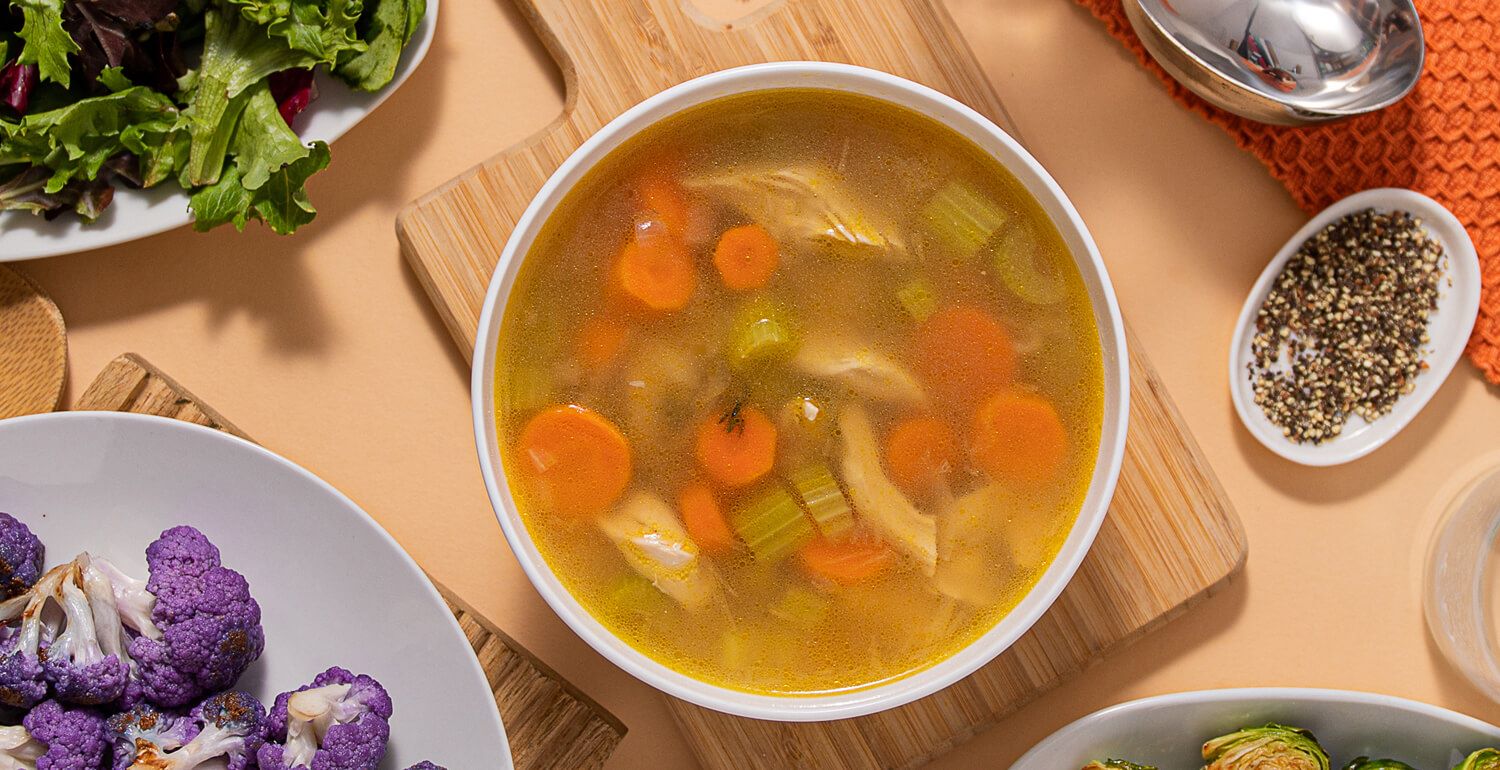

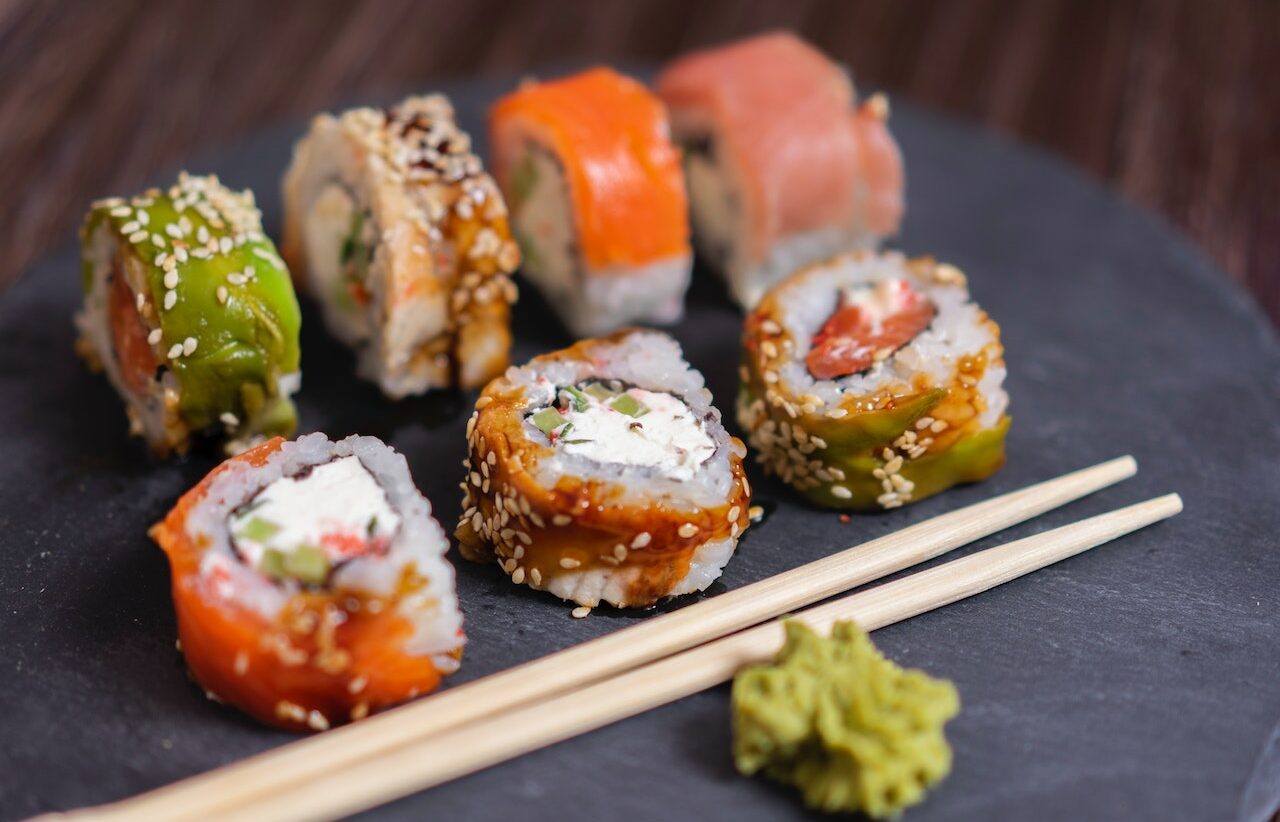
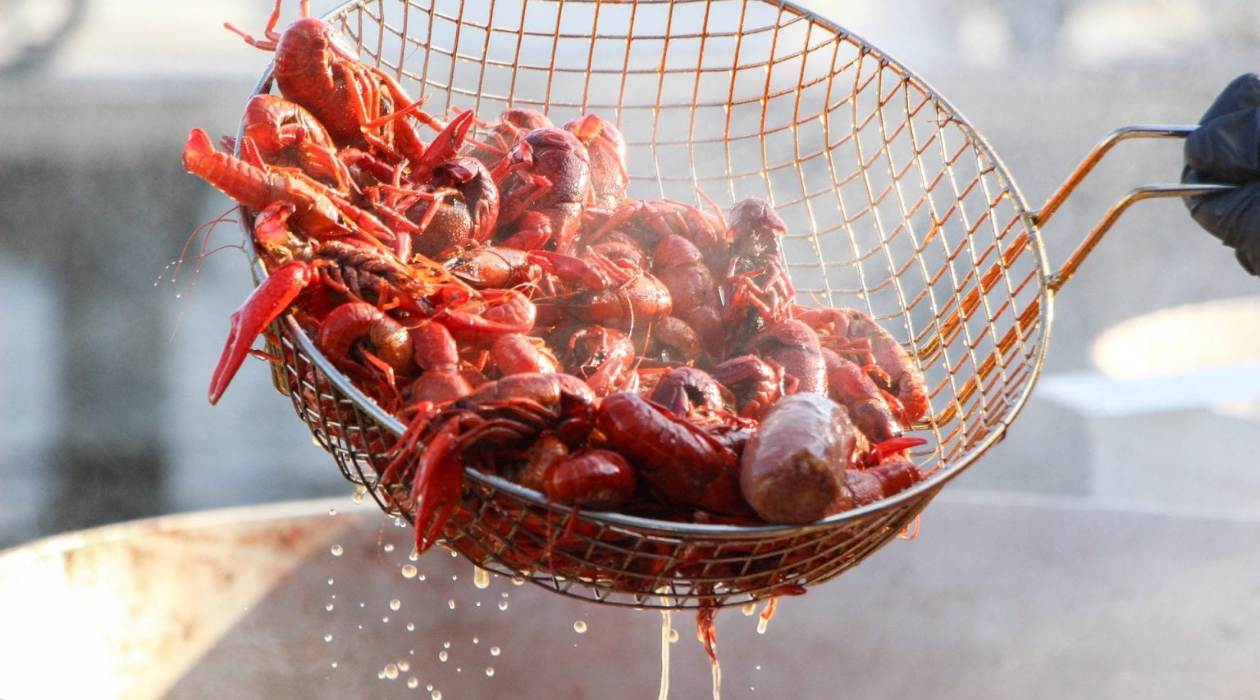
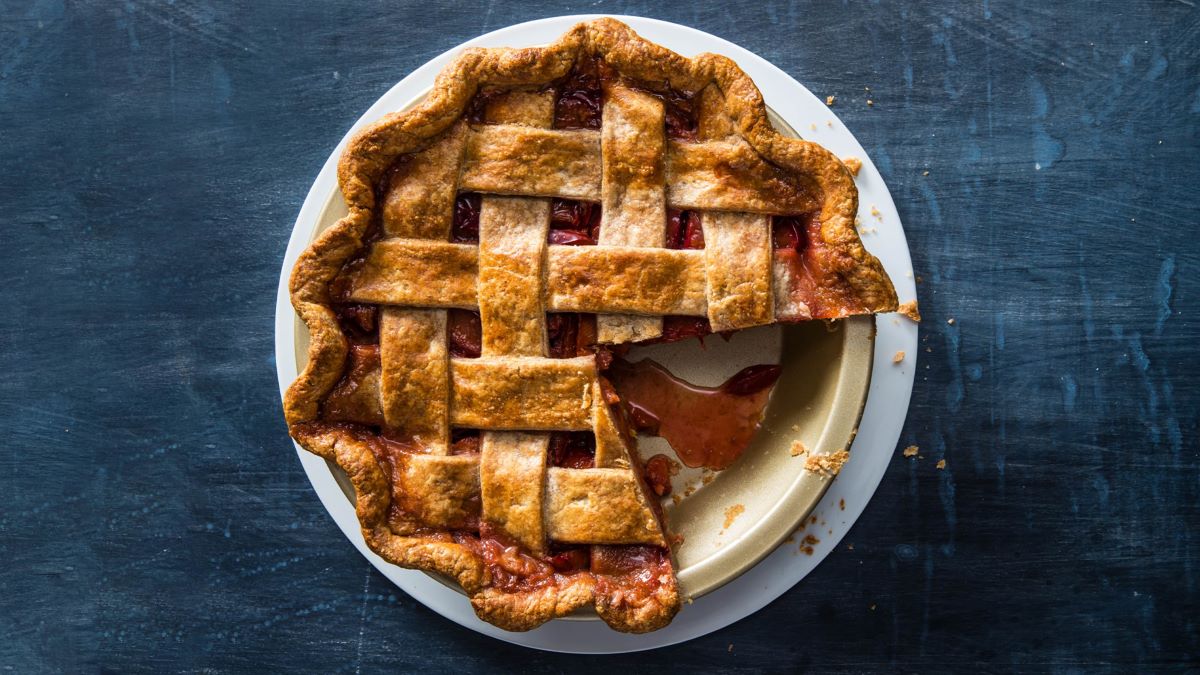
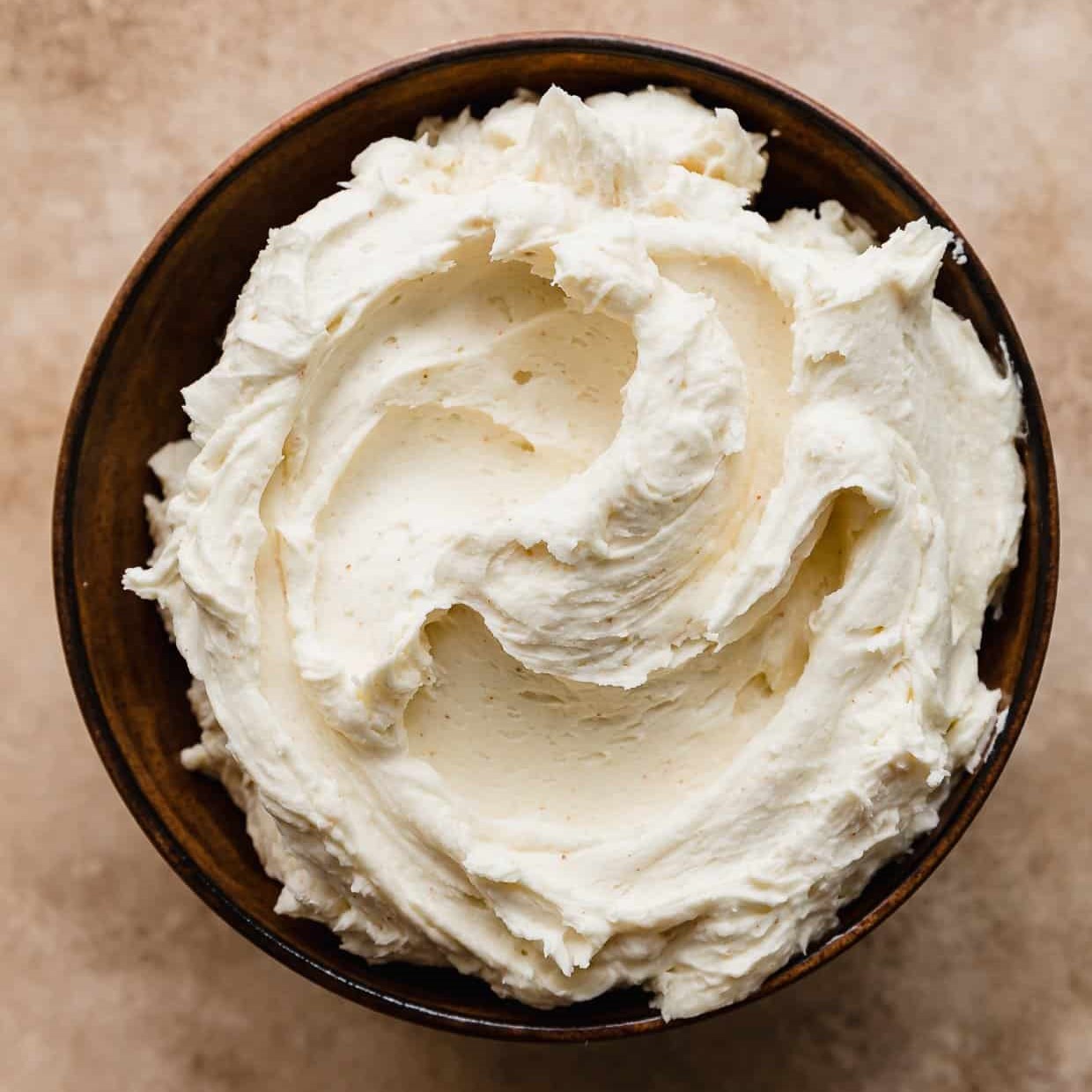
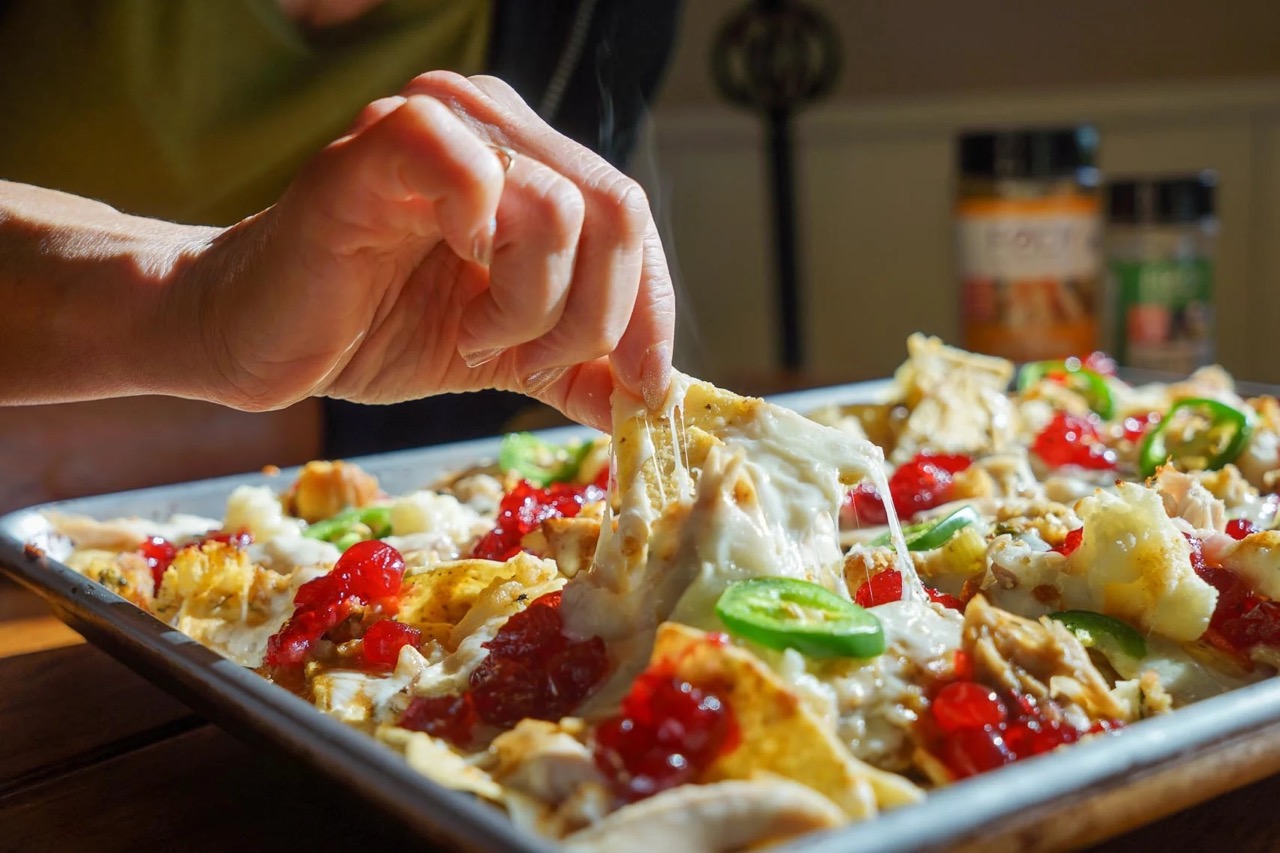
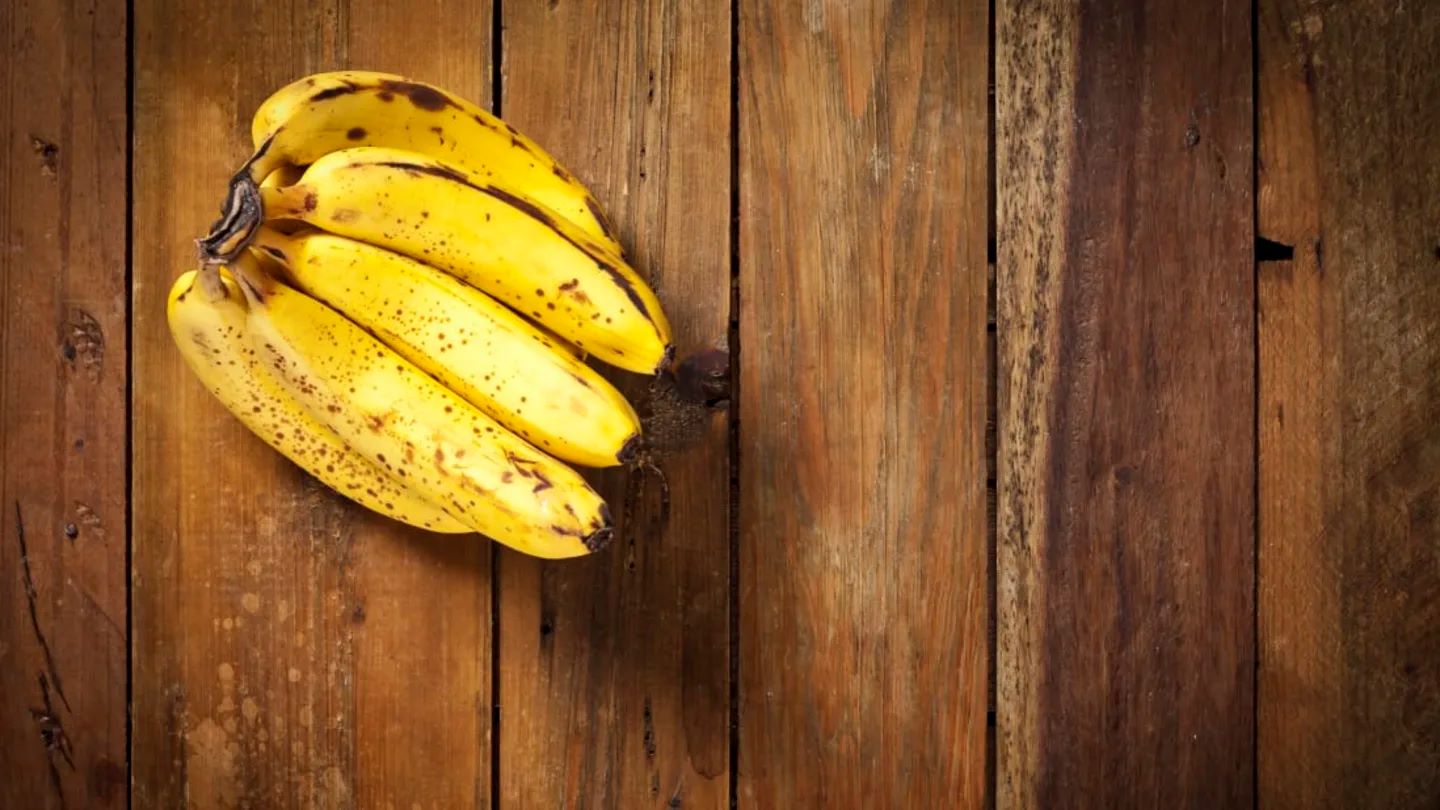
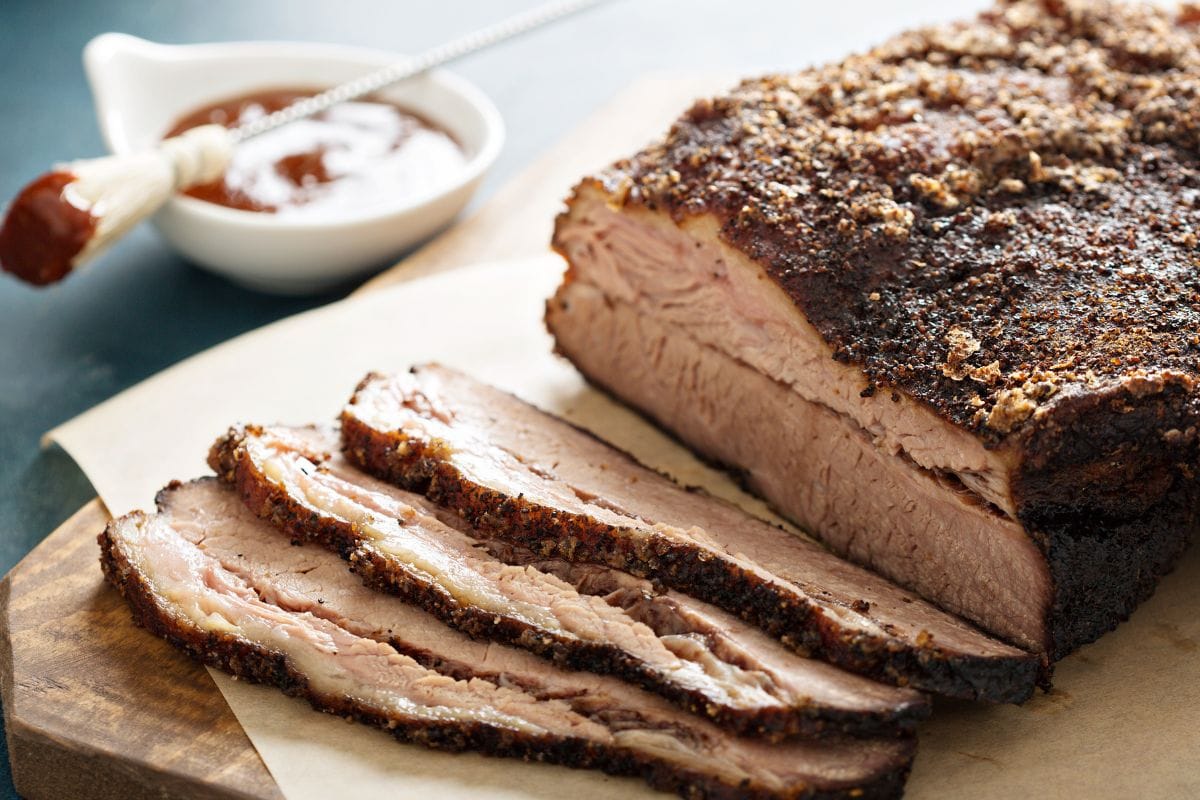
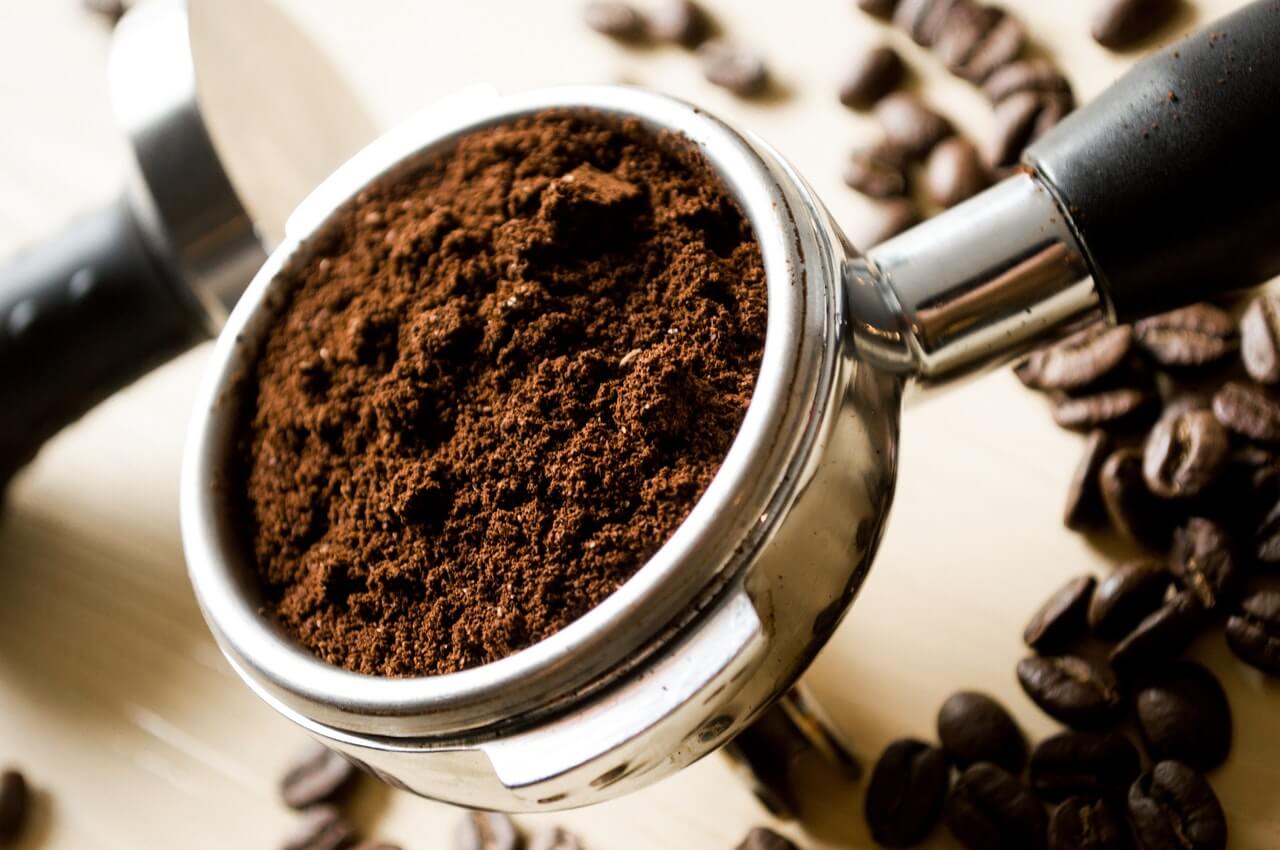
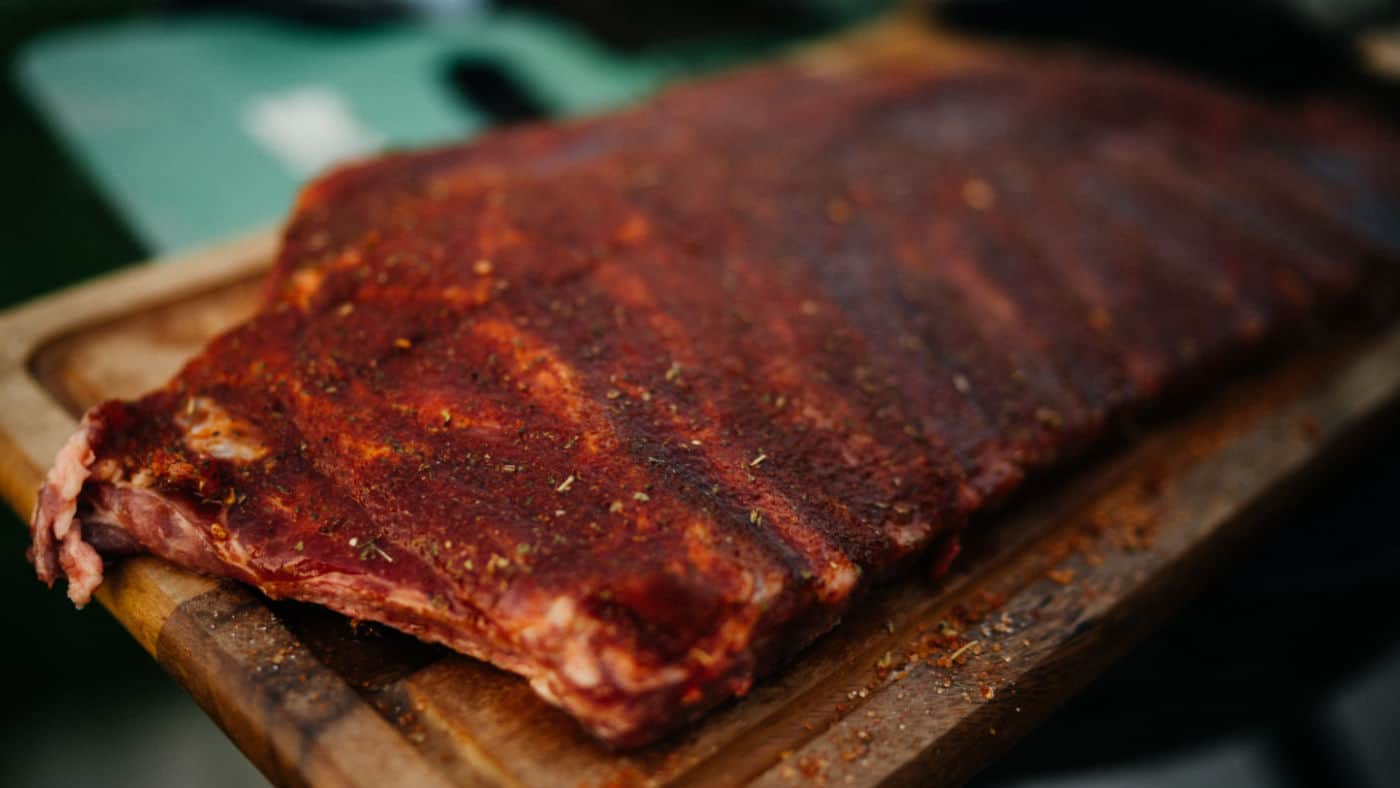
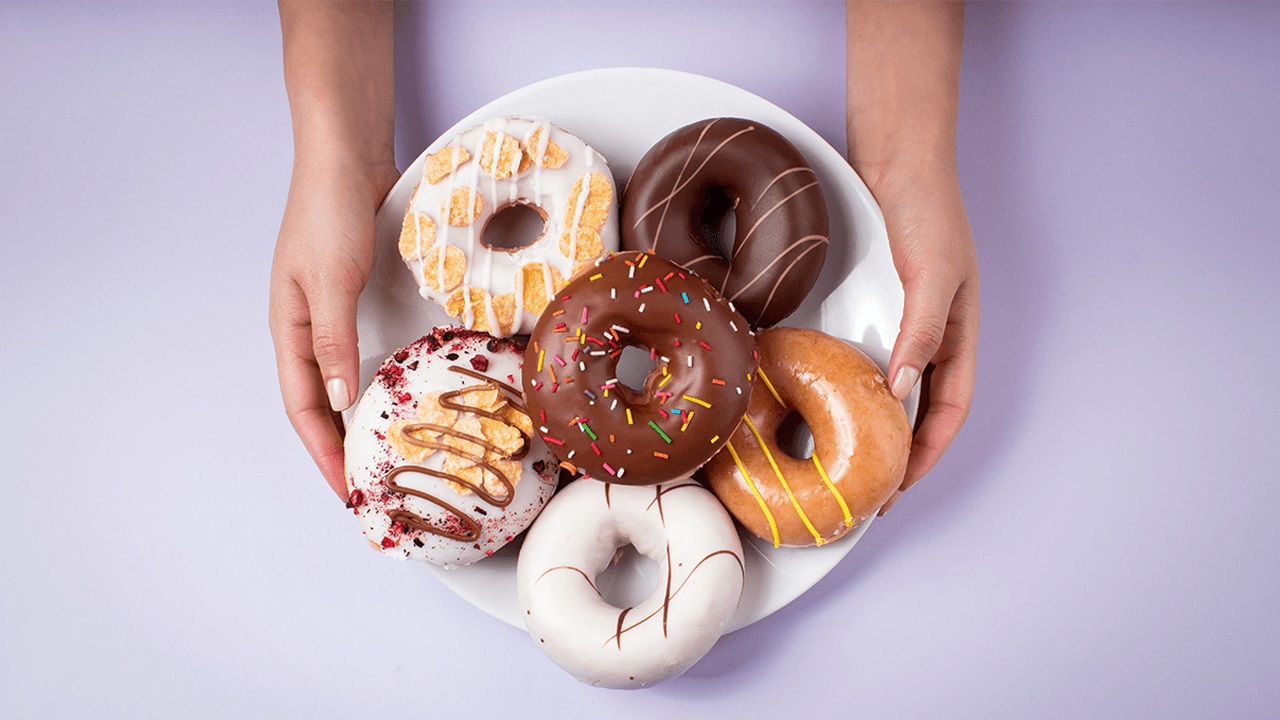
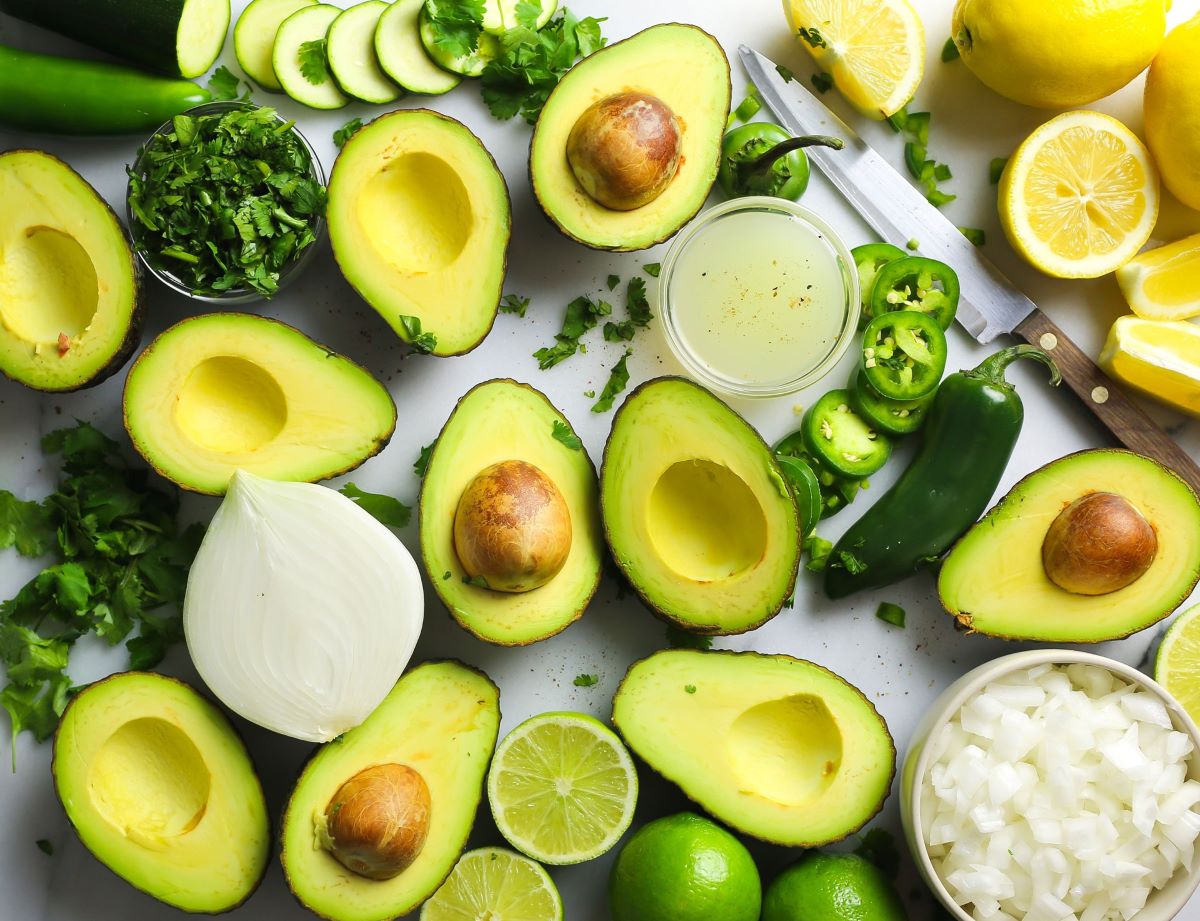

0 thoughts on “How To Store Leftover Prime Rib”